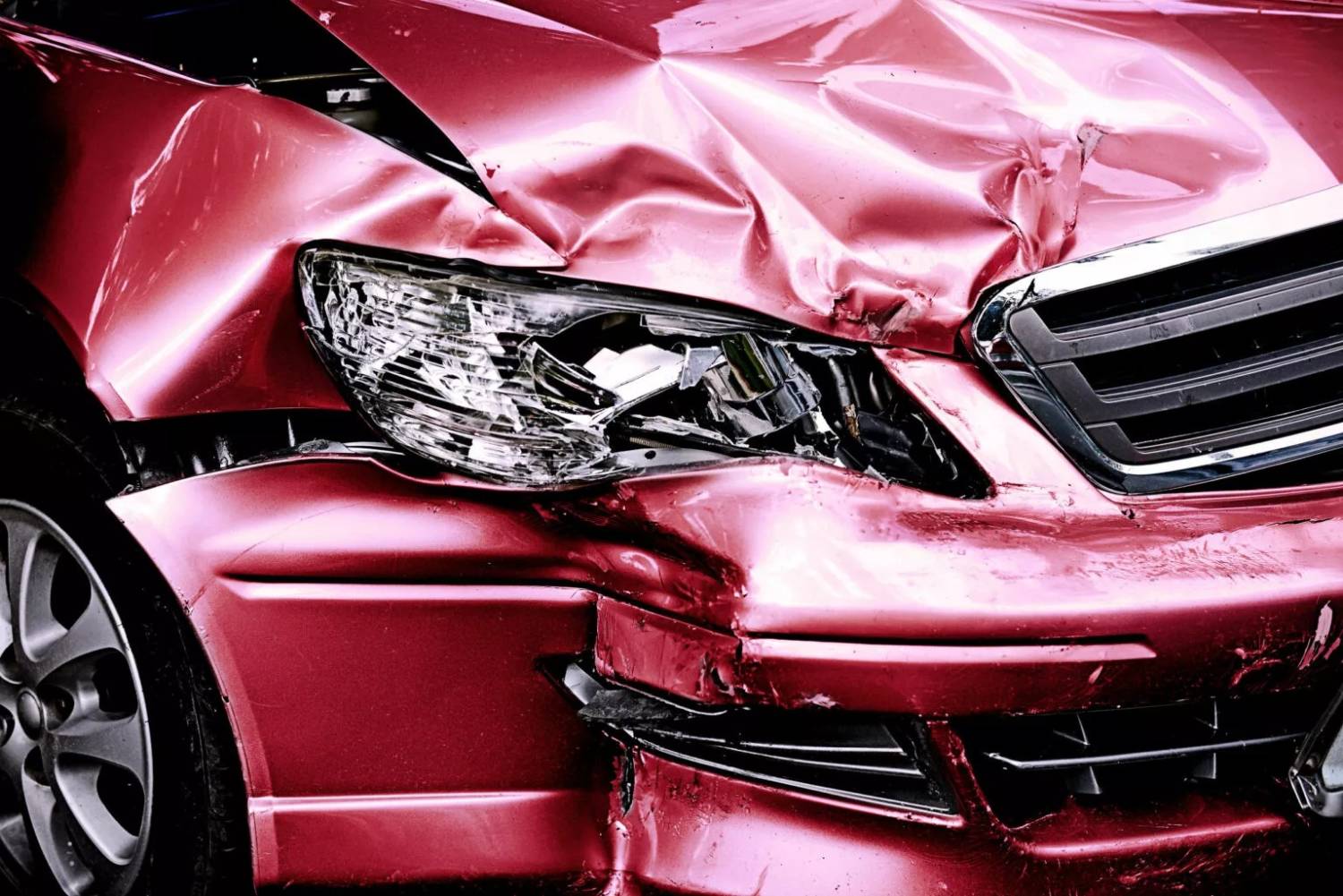In Europe, one in two road fatalities occurred on rural roads, while in contrast, in Cyprus, 62% of the fatalities happened within residential areas.
These figures are included in the 46th report (PIN Flash Report 46) of the European Transport Safety Council (ETSC), which was published today and presents data from the 27 European Union (EU) member states, as well as Switzerland, Israel, Norway, Serbia, and the United Kingdom, regarding road safety on rural roads.
According to the data recorded during the period of 2020-2022, more than half of the road deaths in the 25 EU member states that provided data occurred on rural roads (52%).
During the same period, 39% of road fatalities happened on urban roads, and 9% on motorways.
In Cyprus, during the same period, the percentage of road deaths on rural roads was 28%, while on urban roads it was 62%, and on motorways, it was 9%.
The percentage of road deaths on rural roads recorded by Cyprus was the lowest among the countries participating in the PIN program and providing data.
However, it should be noted that Cyprus recorded the second-highest percentage of deaths on urban roads (62%) after Romania, which recorded 63%.
From the data, it is evident that the most significant road safety issues in the EU are focused on rural roads, while in Cyprus, they are concentrated on urban roads.
Additionally, according to the report, during the decade from 2012 to 2022, there was a 25% reduction in road deaths on rural roads in the EU, a higher rate than the reduction in deaths on other roads, which was 18%.
In Cyprus, the reduction rates of deaths on rural roads were 47%, while on other roads, it was only 17.6%.
As measures to reduce road deaths on European rural roads, the ETSC advocates for systematic collection of data on the safety level of these roads, upgrading road infrastructure, speed limit enforcement, and providing facilities for the safe movement of vulnerable road users.
Furthermore, technological upgrades of vehicles are deemed crucial, such as the Automated Emergency Braking (AEB) and Intelligent Speed Assistance (ISA) systems, which will be mandatory for all vehicles registered in the EU from July 2024.
Regarding the upgrade of road infrastructure, unsafe elements mentioned include the lack of separation between opposing traffic directions and between motor vehicles and pedestrians and cyclists, roadside obstacles, and poor design of turns.
The ETSC concludes with a series of recommendations to national governments and the EU. Among other things, suggestions include:
Investigating and studying all fatal and serious injuries and implementing best practices in managing high-risk points.
Improving infrastructure safety across the entire road network, applying the concepts of “self-explaining” roads and “forgiving” roadsides.
Creating safe road signs with the construction of roundabouts, underground pedestrian crossings, or using natural interventions for significant speed reduction at road signs.
Where possible, separating opposing traffic directions with a median barrier and, where necessary, placing safety side barriers.
Creating separate facilities for cyclists and pedestrians, especially on new and upgraded roads, and adding elsewhere.
Developing and encouraging Authorities responsible for setting speed limits to implement national guidelines for speed limits based on the Safe System approach.
Enhancing enforcement of traffic rules, especially regarding excessive speed and driving under the influence of alcohol and drugs, with an emphasis on high-traffic volume roads over long distances.
Redirecting heavy vehicles, especially trucks and buses, from nearby rural roads, mainly those with two traffic lanes without a median barrier, to motorways, main arteries, or European Road Network roads, with higher safety levels.
Encouraging Member States, through a recommendation from the European Commission, to apply safe speed limits, such as 30 km/h in urban roads in residential areas and areas with a high number of cyclists and pedestrians, 70 km/h on rural roads without a median barrier, and a maximum speed of 120 km/h or lower on motorways.
It is noted that the representative of Cyprus in the Road Safety PIN program is Giorgos Morfakis.






